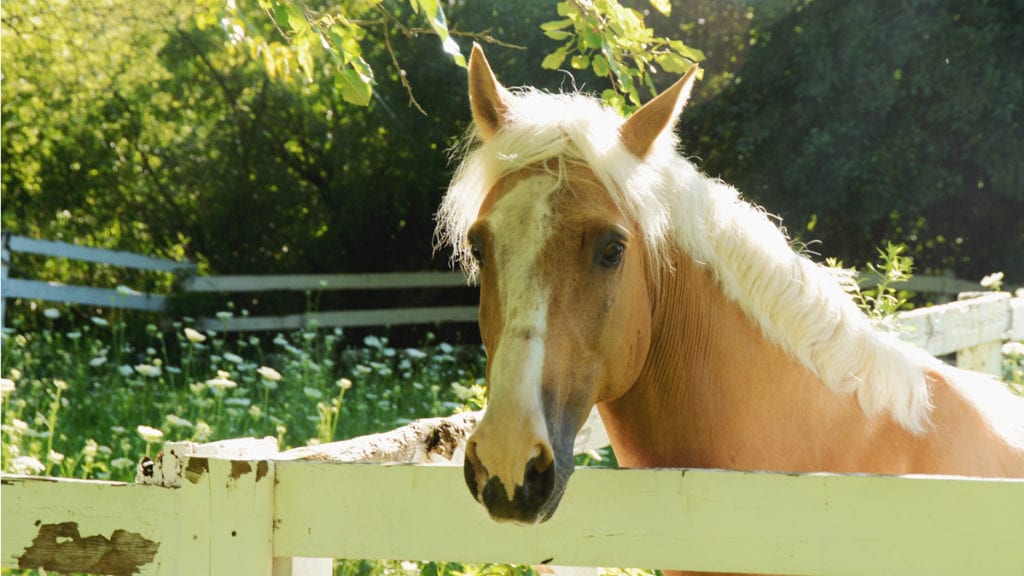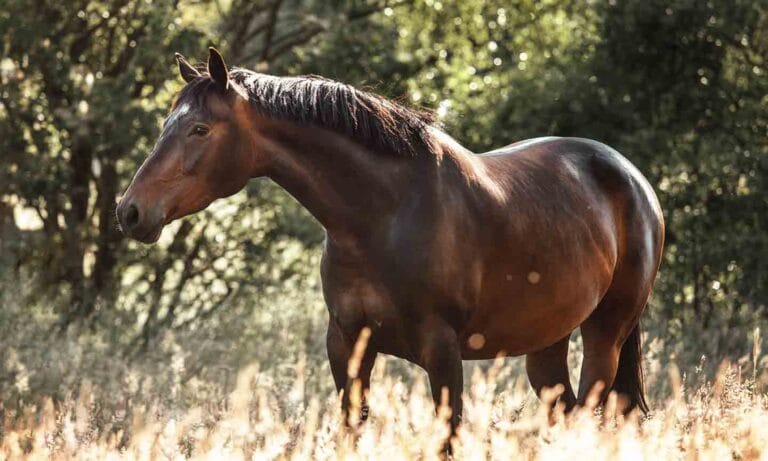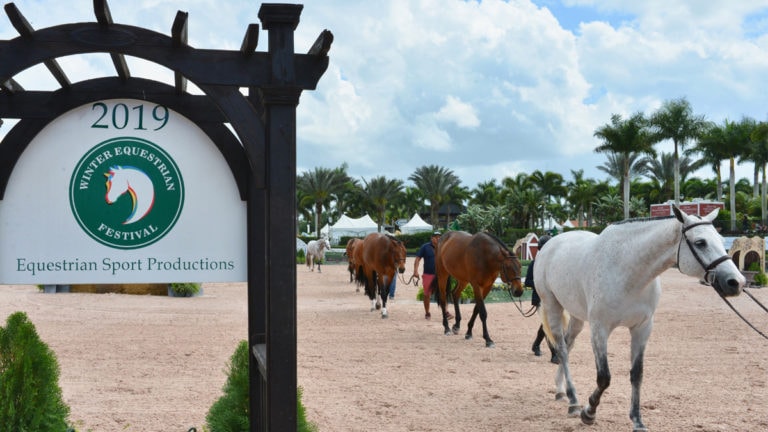Are you an equine lover who wishes to learn more about what those flickering horse ears and swishing tails are trying to tell you? Whether you simply love horses or have the joy of interacting with them, horse body language can speak volumes about the horse’s emotional state of mind. Understanding what various horse behaviors means can help you strengthen your relationship with your horse and create a truly unique bond.
How Do Horses Communicate?
Horses communicate primarily through their “very expressive body positions,” which convey their feelings and emotions to surrounding beings, says Rebecca Agocs, a horse rider, trainer and judge. In addition to horse body language, which tells us a lot about what a horse is thinking, Agocos says a horse’s eyes and facial expression convey a great deal about what your horse may be feeling.
Recognizing and Understanding Horse Behavior
Your horse can display hundreds of different body language cues, but we will focus on a few key ones that equestrians should be familiar with.
Standing
When a horse stands with her head and neck in a neutral, relaxed position and her hind foot cocked or resting on the point of the hoof, she is relaxed, says Michelle Martiya, an equine behavior specialist, coach, trainer and owner of Dragon Horsemanship.
On the other hand, when a horse stands square with her head held high and pulled back, and with her weight on her hind legs, this often signals fear, Martiya says.
If you notice the whites of your horse’s eyes showing, this indicates extreme fear and stress. Known as “whale eye,” this horse behavior should not be overlooked. Consider approaching your horse cautiously and move her away from any stimuli that could be causing her fear or stress.
If your horse easily and frequently experiences discomfort, giving her an Vetoquinol Zylkene equine behavior support supplement can help calm her and reduce stress-related behavior problems.
If your horse stands square with her head up high, ears pricked forward and weight evenly distributed or more towards her front, she is alert and interested in something in front of her, Martiya says. If you’ve ever held a treat out for a horse, you may have noticed this type of behavior.
Lying Down
While many people associate a horse lying down with illness, lying down actually is a normal horse behavior. Emily Maney and Emily Keison, experts in human behavior and animal behavior respectively, say that horses lie down for at least two hours per day to sleep and rest.
Equine enthusiasts only need to worry if the horse is unwilling or unable to get up, according to Maney and Kieson.
“This could indicate sickness or discomfort, as horses generally only lay down if they are relaxed or sick,” they wrote in a joint email.
Horse Ears
You can tell a lot about what your horse by looking at her ears. Maney, Kieson and Martiya all say that pinned ears or horse ears that are laid back against the horse’s head are signs of anger, possible impending aggressive behavior, defense and/or unhappiness with her current surroundings.
Rapidly moving ears that turn back and forth quickly are signs that your horse may be stressed or scared, Martiya says. Possible causes are too many stimuli or the horse is trying to locate the source causing her anxiety.
The Head
Always be mindful when your horse’s head is held high and pulled back. Equine behaviorists say the “high head and eyes wide” combo is a sign of heightened alert and fear.
However, if the horse’s weight is distributed evenly and ears are pricked forward, then a high head may simply mean the horse is alert and captivated by a specific stimulus, Martiya says.
The easiest way to assess and understand horse behavior is to examine horse body language as a whole. In other words, you must take into account your horse’s ears, tail, legs, body weight and head to truly gauge her current emotional state. It also is important to be aware of your horse’s surroundings so you can help her avoid stressful situations or scary stimuli.
“Every horse is unique, so it’s important to get to know your horse’s individual communication styles,” Martiya says, “as well as to learn the general body language cues that apply to most horses.”
Getting to Know Your Horse
“Learning how to communicate with your horse isn’t hard,” Agocs says. “It just takes patience and time.”
Agocs suggests equestrians begin by reflecting on how they treat their horses and that they practice “quiet confidence,” which means being understanding, accepting and confident in their interactions with their horses.
The No. 1 thing a horse owner can do to improve their relationship with their horse is to “listen to their horse’s cues, allowing her to voluntarily express behaviors—provided they are not dangerous—and observing how she reacts to the pet parents’ behavioral patterns,” Maney and Kieson write. This helps horses and their riders get to know one another and build a sense of trust and partnership.
For more resources and information on horse behavior, check out “Horses For Dummies.” And enjoy the stronger relationship and bond you develop with your horse.

Having recently moved from rainy Oregon to the sunshine state, Anastasiya Chevtchenko spends her time catching rays by the beach, playing soccer with the locals, and embracing pet heaven – Chewy. A recent Penn graduate, Anastasiya works in Marketing where she hopes to bring in her expertise in international relations to expand the business. When she’s not facetiming her international friends or reading the news in five languages, Anastasiya spends her time working on PR projects, social media brand posts, and writing for Chewy’s BeChewy blog.
Share:











